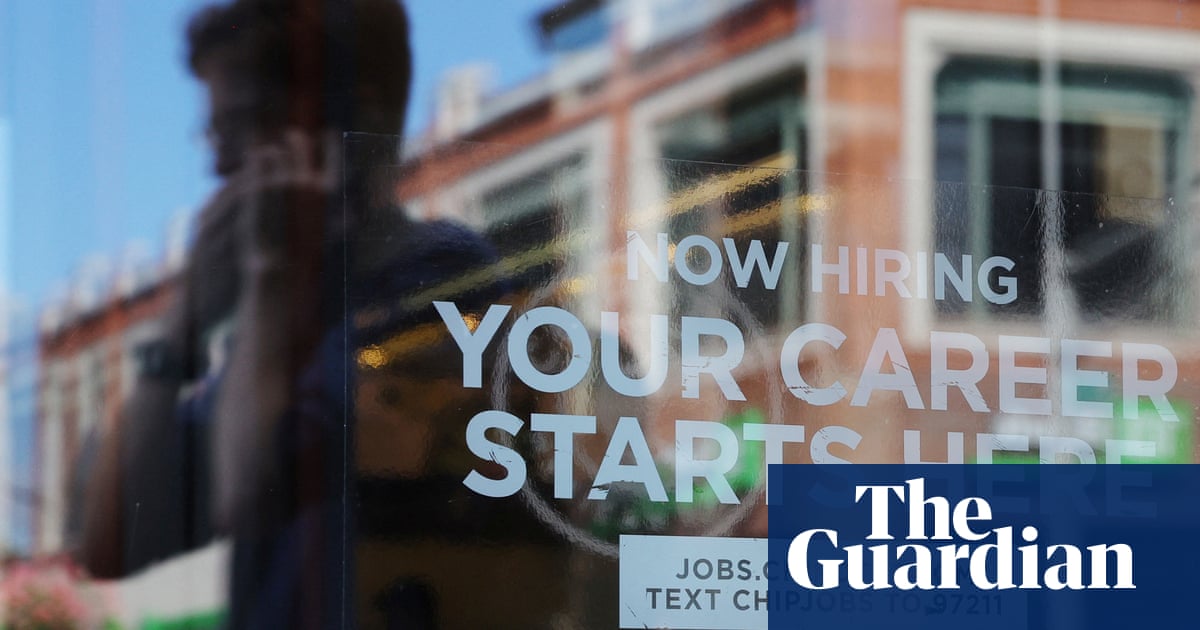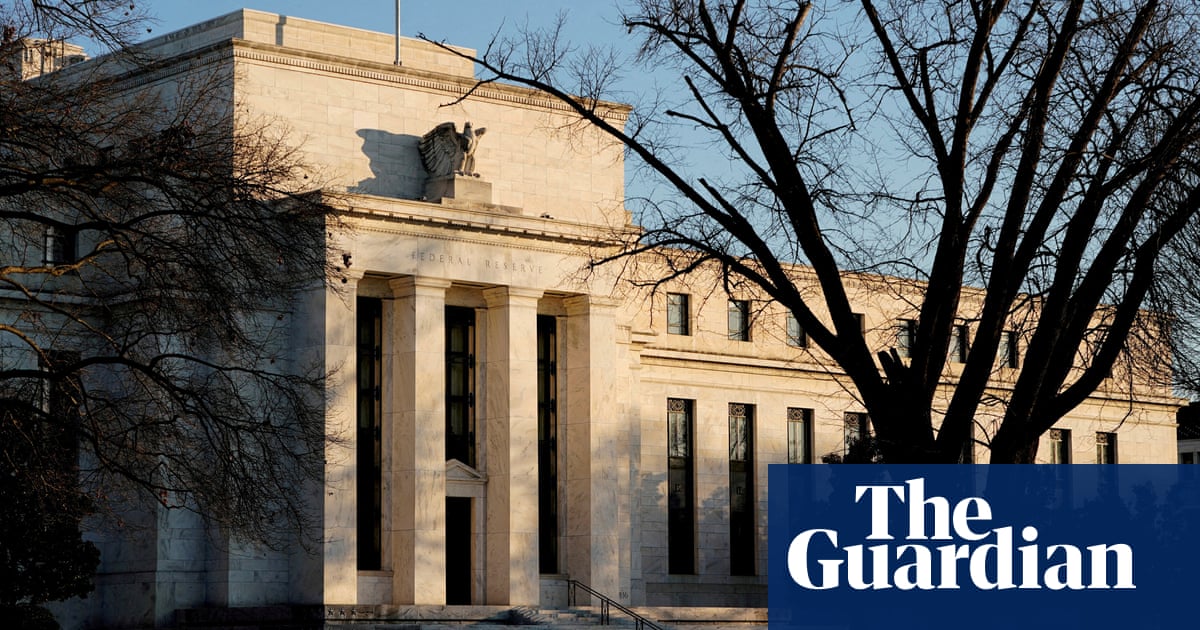
US job growth rose solidly in July amid demand for workers in the labor-intensive services industry, suggesting the economy maintained its strong momentum at the start of the second half.
Non-farm payrolls increased by 943,000 jobs last month after rising 938,000 in June, the labor department said in its closely watched employment report on Friday.
Joe Biden hailed the news, with the president noting at the White House later on Friday morning that the report made the Biden administration the first administration in US history to add jobs every month of its first six months since taking office.
“What is indisputable is this: the Biden plan is working. The Biden plan produces results, and the Biden plan is moving the country forward,” the president said.
While celebrating on the one hand, Biden also emphasized that much work remains to be done to ensure the country’s economic recovery continues.
Specifically, the president said more Americans need to get vaccinated to guarantee businesses are not forced to re-close because of the surge in cases caused by the Delta variant.
Biden outlined the steps his administration has already taken to encourage vaccinations, including a vaccine mandate for federal workers and funds to states to incentivize vaccinations.
“America can beat the Delta variant, just as we beat the original Covid-19,” Biden said. “We can do this. So wear a mask when recommended. Get vaccinated today. All of that will save lives, and it means we’re not going to have the same kind of economic damage we’ve seen when Covid-19 began.”
Economists polled by Reuters had forecast payrolls increasing by 870,000 jobs. Job gains were, however, flattered by shifts in seasonal employment at schools caused by Covid-19. Estimates ranged from as low as 350,000 to as high 1.6 million.
Job gains were, however, flattered by shifts in seasonal employment at schools caused by Covid-19.
The unemployment rate fell to 5.4% from 5.9% in June.
“Labor market conditions appear to be healthy at the start of third quarter as labor-intensive service businesses continue to hire given strong pent-up demand,” said Sam Bullard, a senior economist at Wells Fargo in Charlotte, North Carolina.
Before the pandemic, education employment normally declined by about 1 million jobs in July as schools closed, but this year many students are in summer school catching up after disruptions caused by the coronavirus. This likely threw off the model or seasonal factors that the government uses to strip out seasonal fluctuations from the data, giving payrolls a boost.
“Combined with the expansion of summer school programs in several large school districts across the country, the seasonal adjustment process provided another large boost to July education payrolls,” said Bullard.
The strong employment report followed on the heels of news last week that the economy fully recovered in the second quarter the sharp loss in output suffered during the very brief pandemic recession. Economic growth this year is expected to be about 7%, which would be the fastest since 1984.
The labor market’s health will weigh heavily on the Federal Reserve’s next monetary policy steps.
“Strong readings over the next couple of months seem likely to give the green light for a pre-announcement of tapering at the Fed’s September meeting,” said James McCann, deputy chief economist at Aberdeen Standard Investments in Boston.
A shortage of workers has left employers unable to fill a record 9.2 million job openings. Lack of affordable child care and fears of contracting the coronavirus have been blamed for keeping workers, mostly women, at home. There have also been pandemic-related retirements as well as career changes.
The worker shortage is expected to ease in the fall when schools reopen for in-person learning, but some economists are less optimistic, arguing that the economy was creating many low skilled jobs and there were not enough people to take them.












